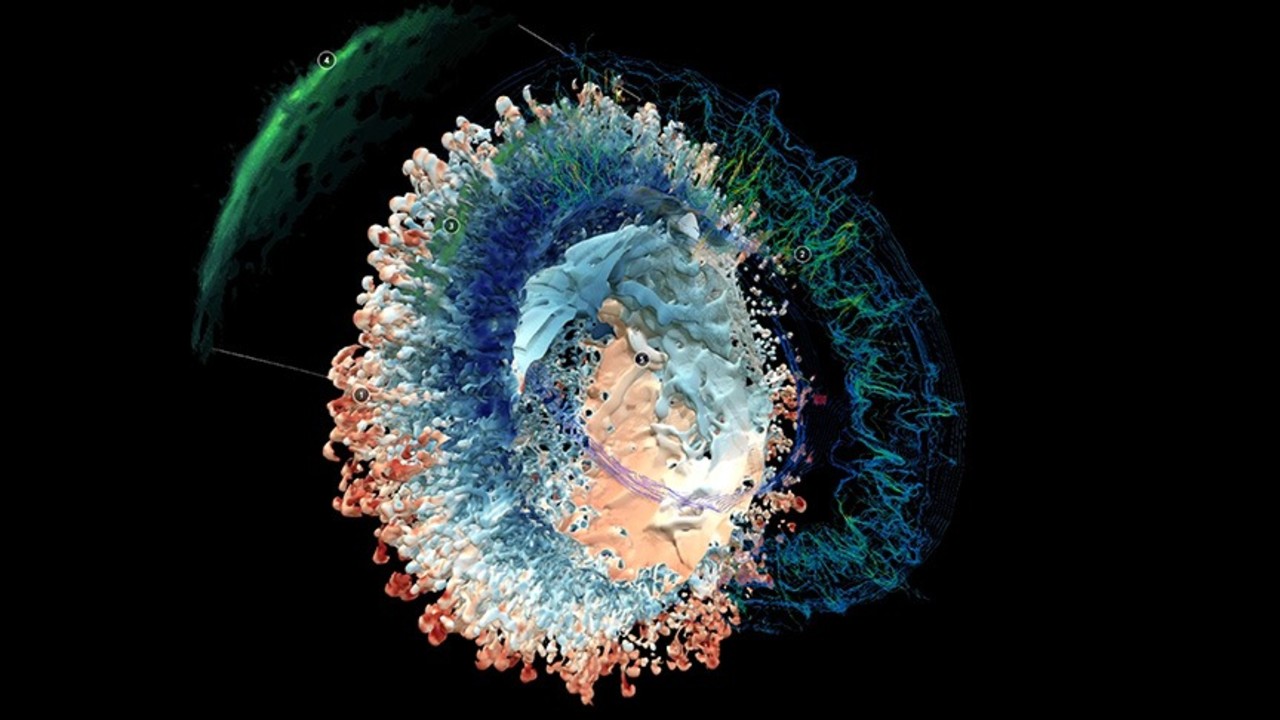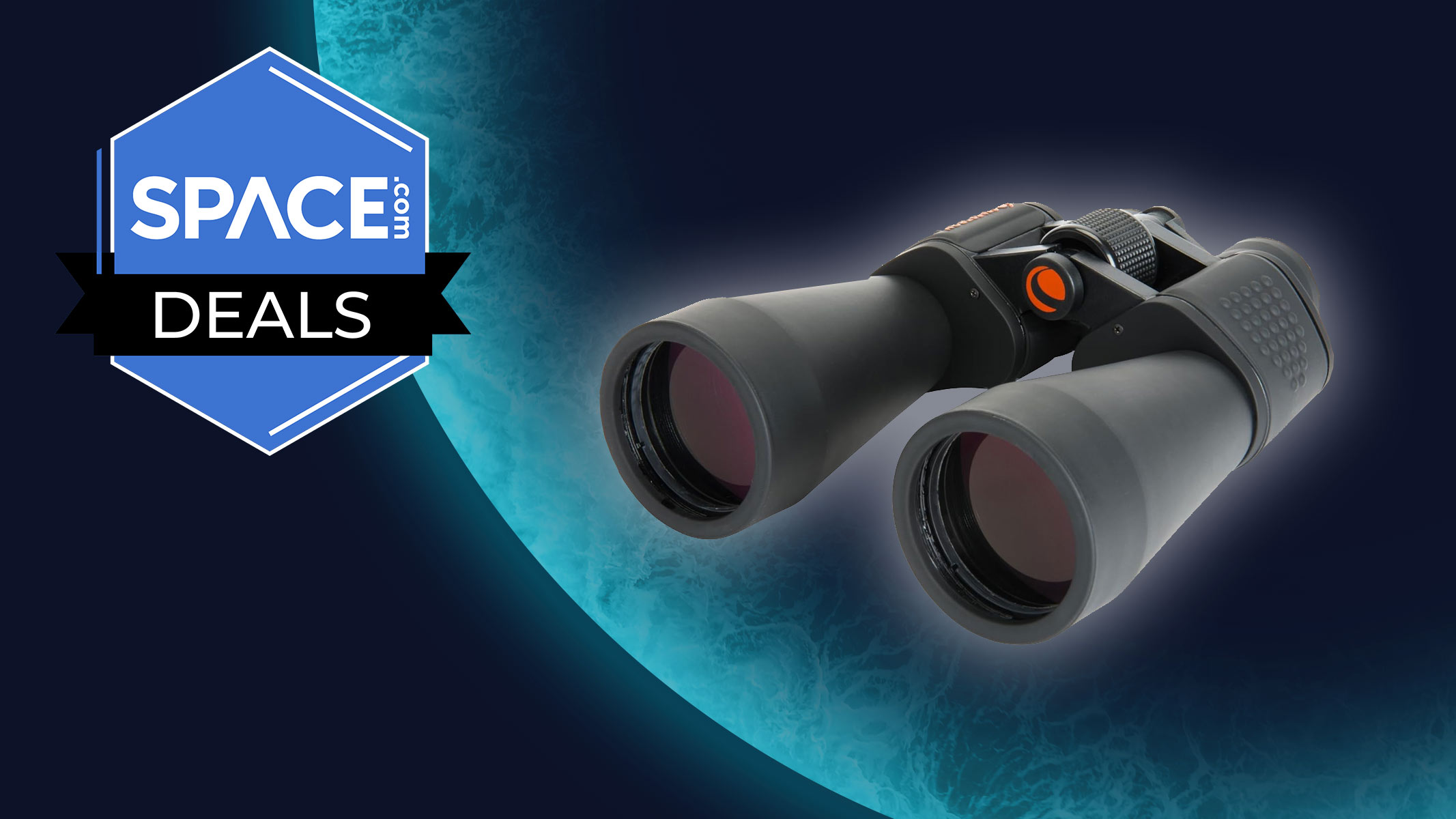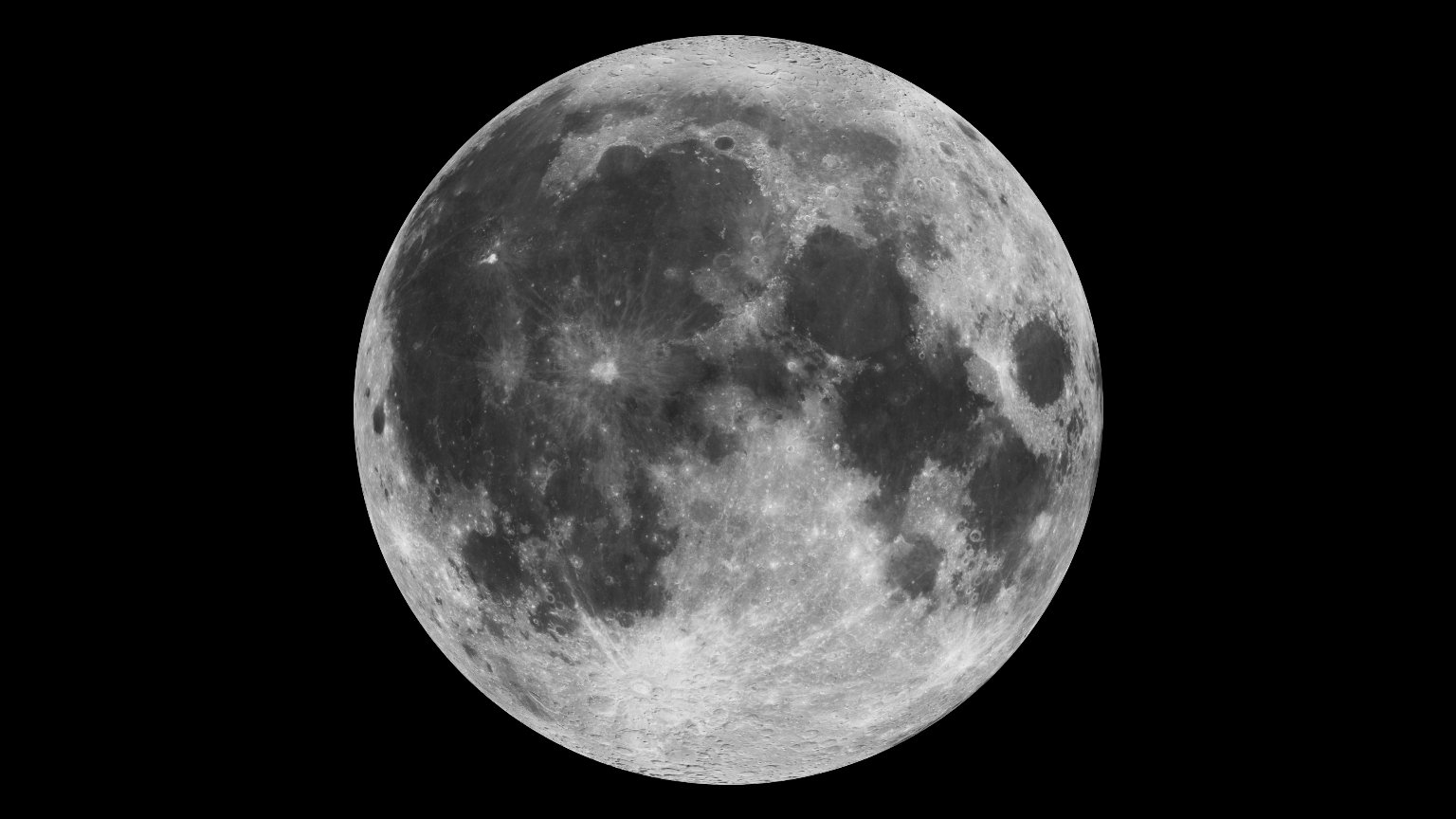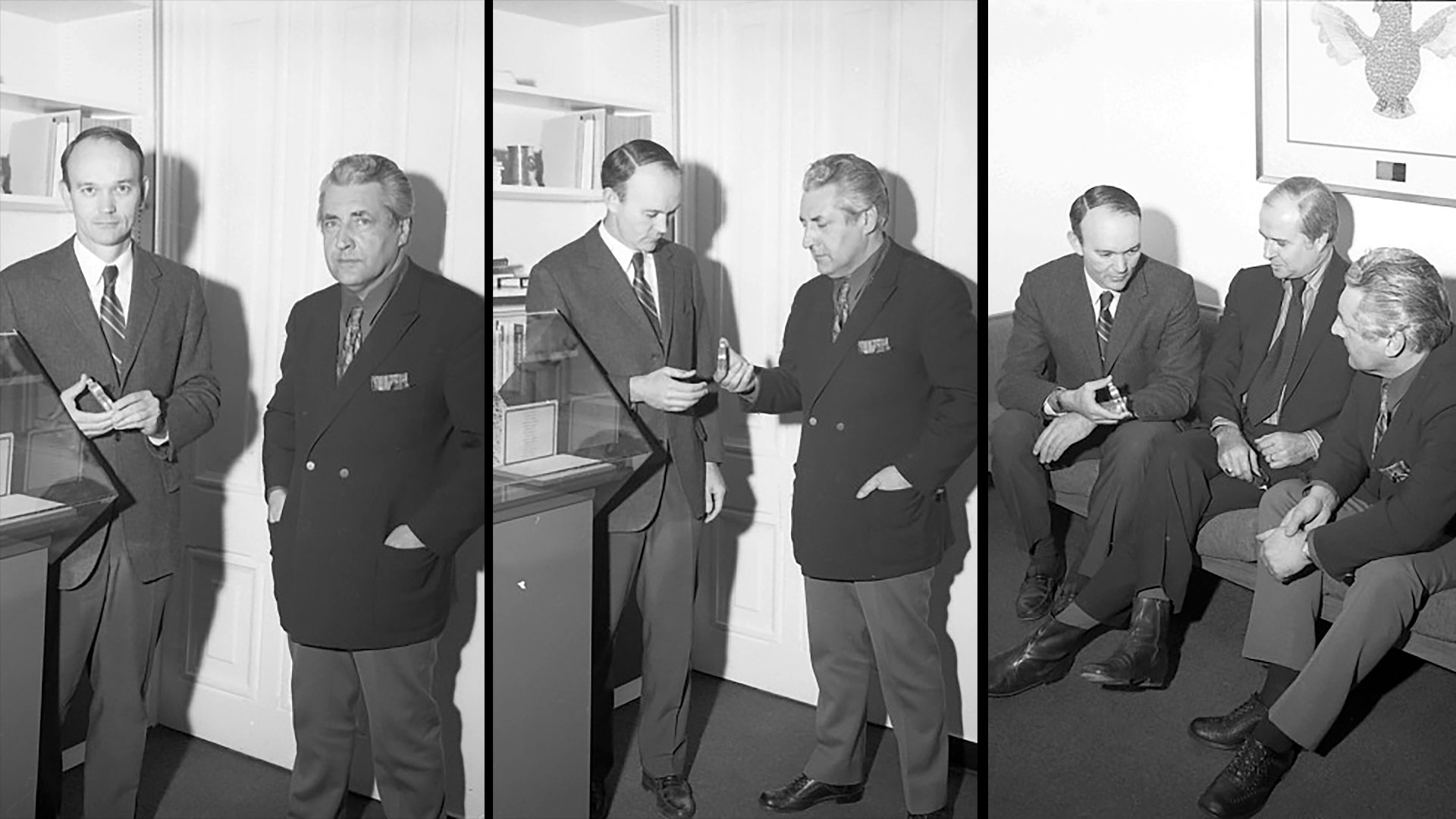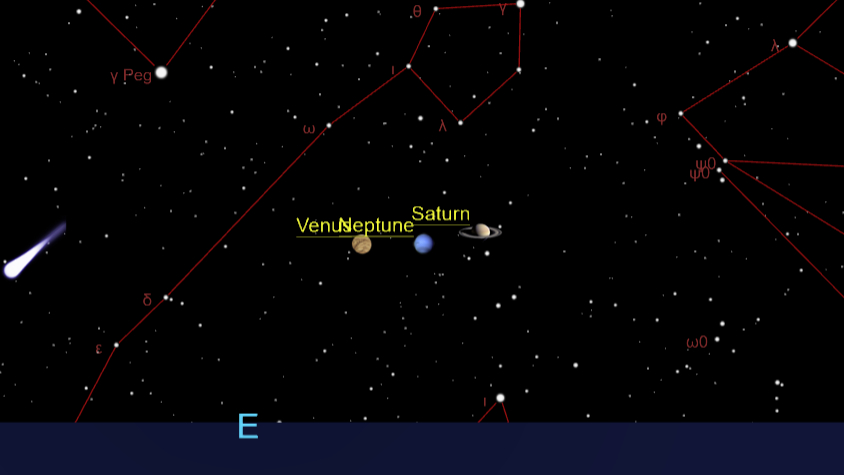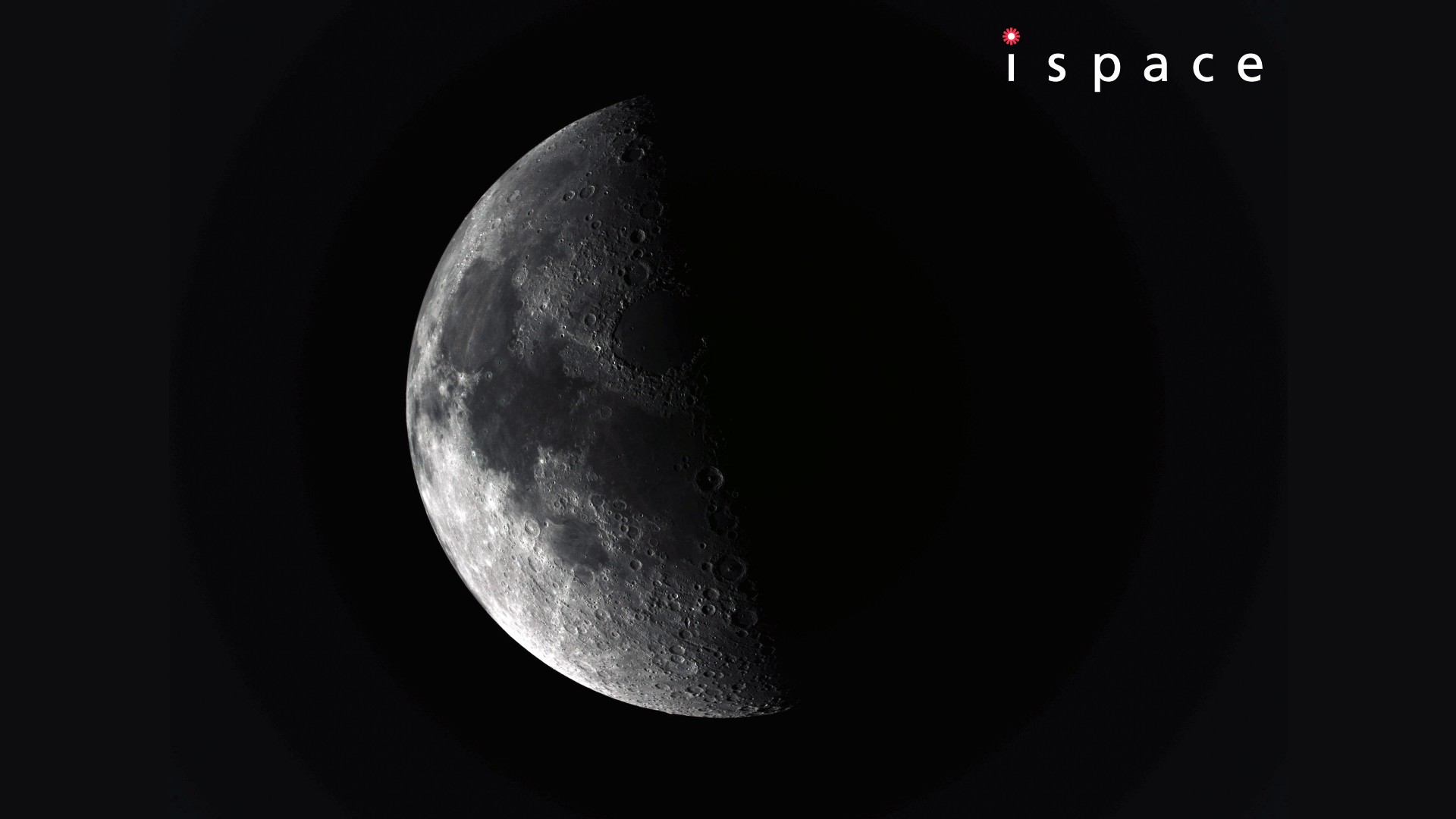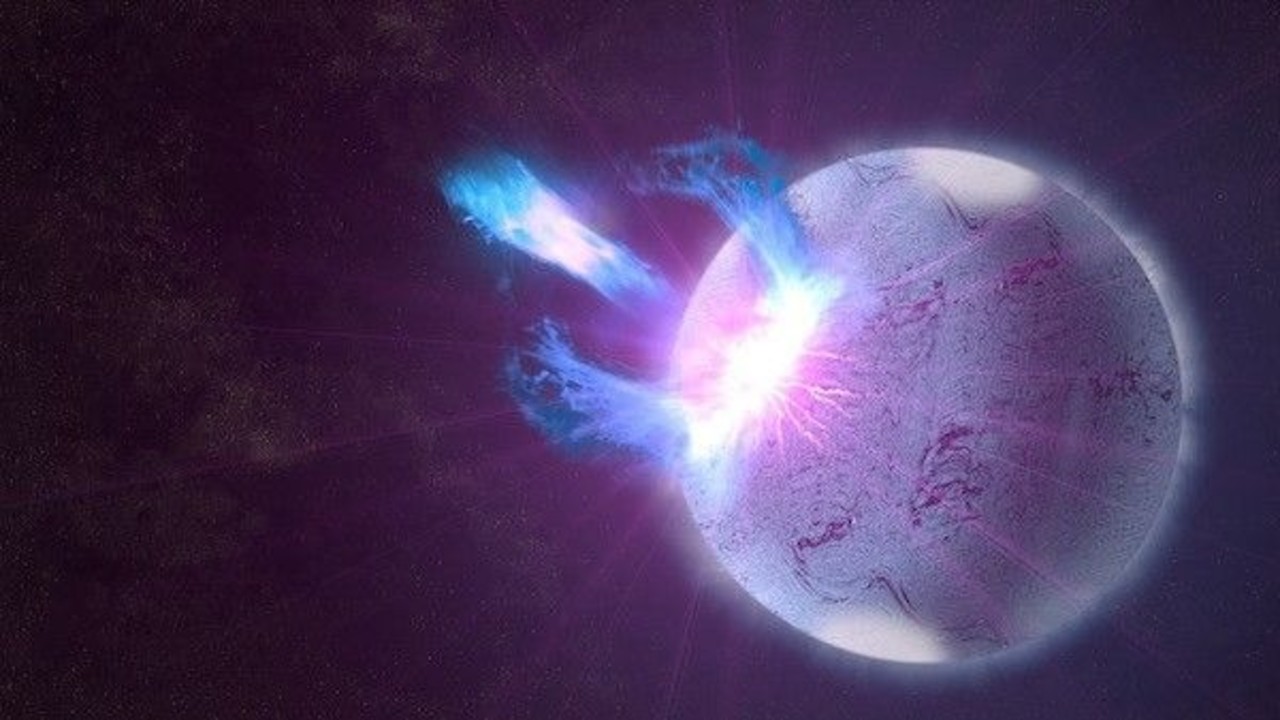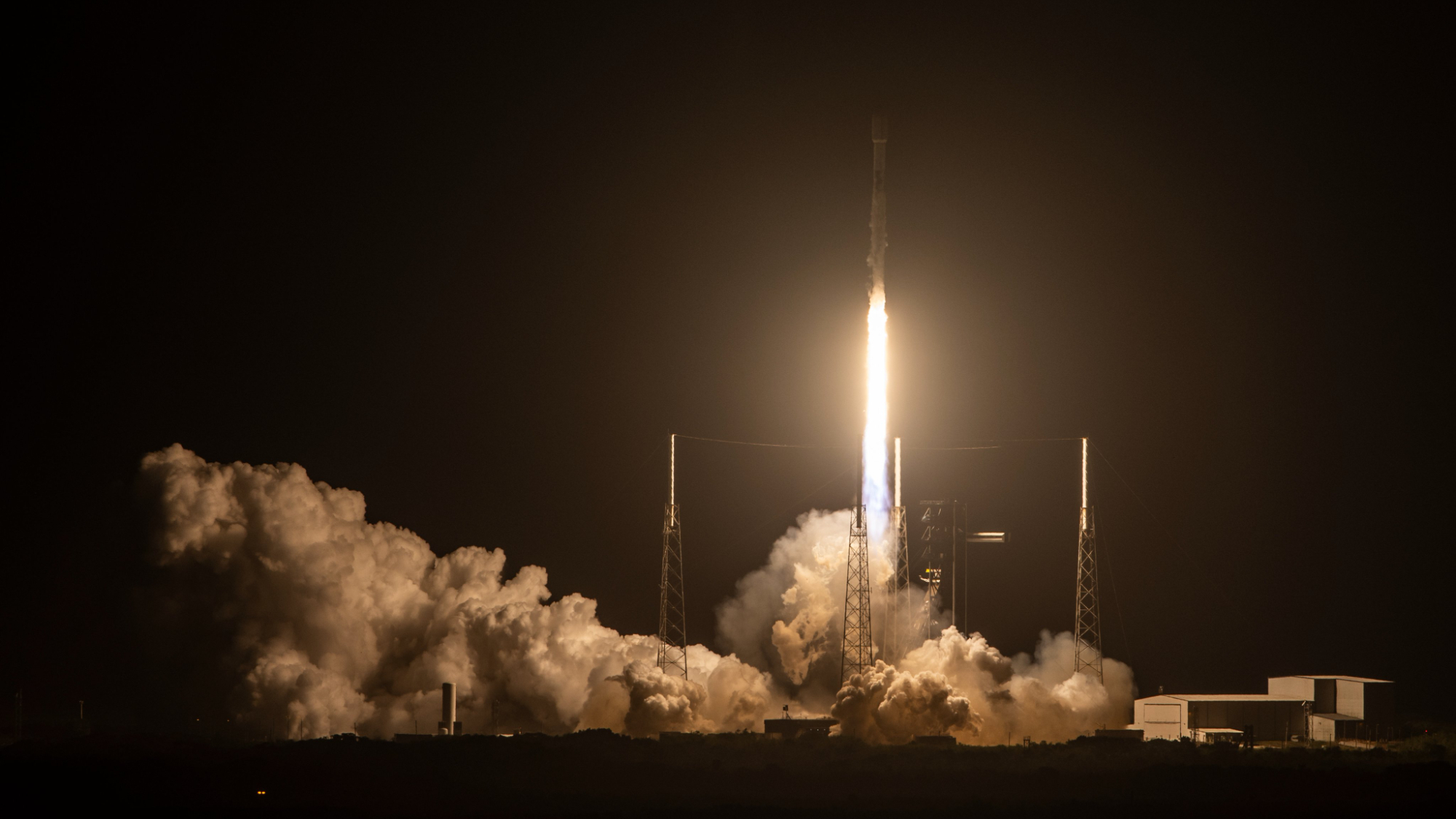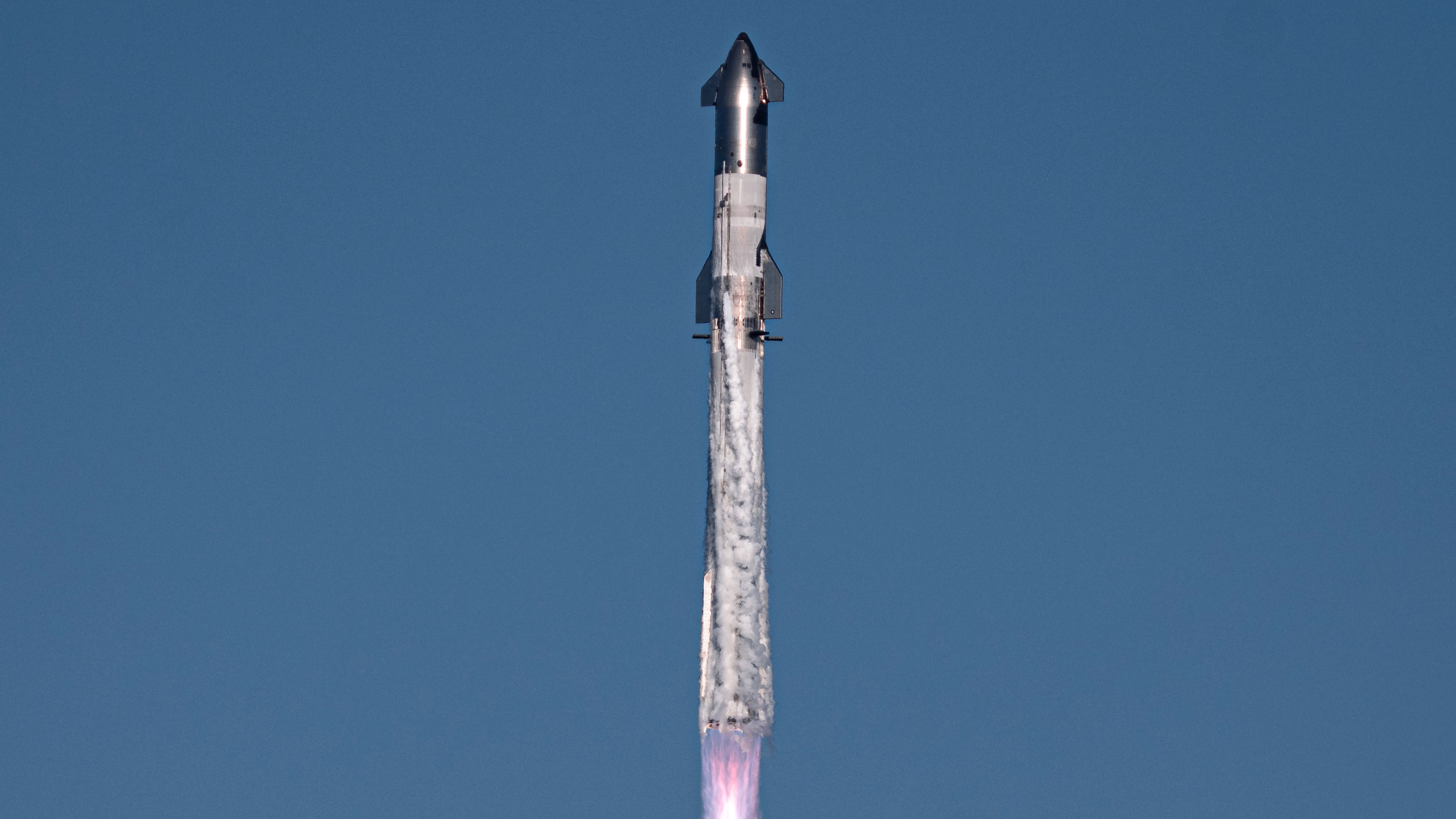Cubesat that launched on SpaceX Falcon 9 rocket will test water-based propulsion
Pale Blue's water thruster on a Sony nanosatellite is scheduled to be tested at the end of January.
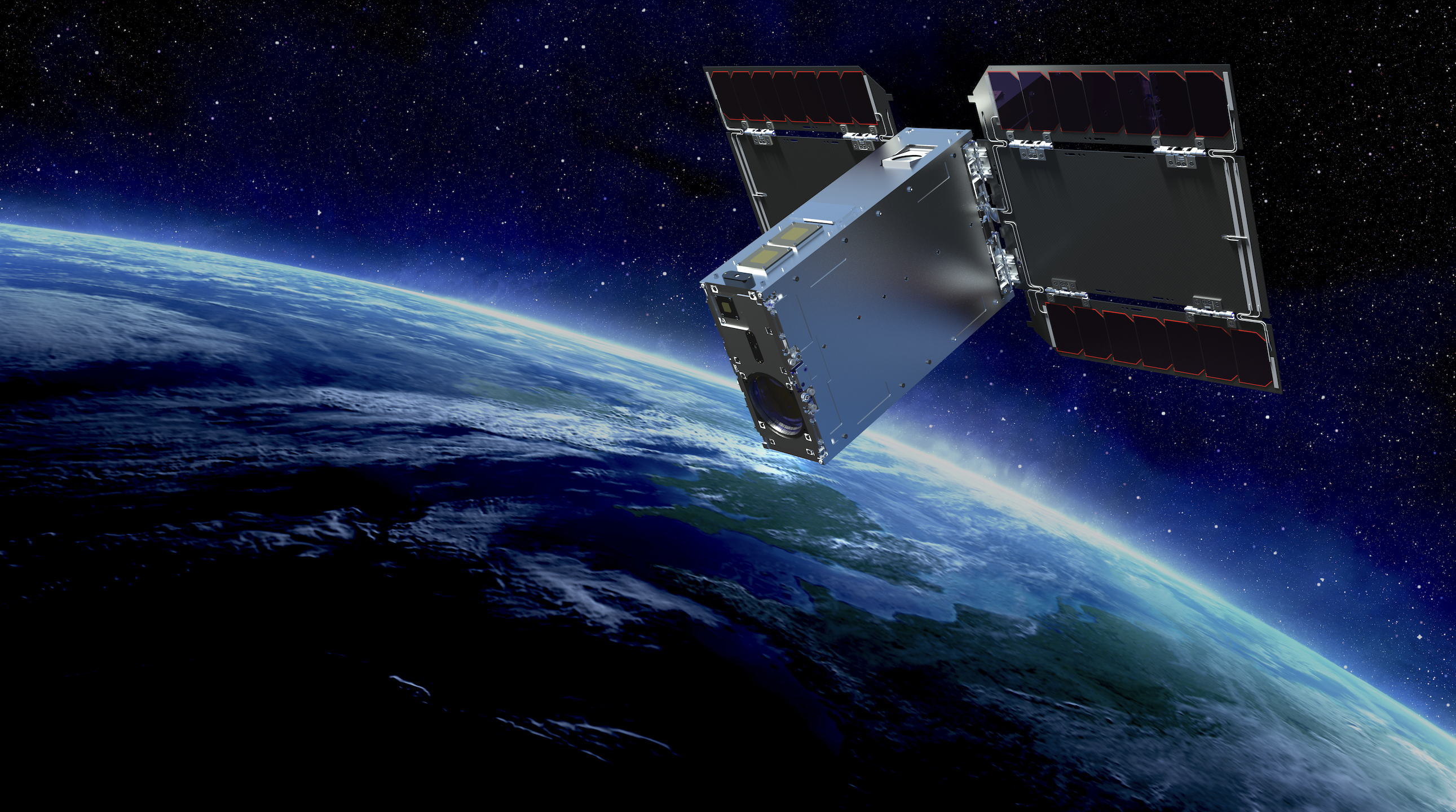
A Japanese propulsion company developing water-based thrusters is set to test its system on a Sony nanosatellite launched earlier this month.
Pale Blue was chosen by Sony to provide in-orbit propulsion for its Star Sphere project, which will offer still images and 4K video services for artistic and educational use and provide "space perspectives."
Sony's first satellite for the project launched along with 113 other satellites atop a Falcon 9 rocket on SpaceX's Transporter 6 mission on Jan. 3. The 6U cubesat is named Star Sphere-1 and carries a full-frame camera.
Related: Fly to space and back with SpaceX Falcon 9 rocket in amazing Transporter-6 video
The satellite is also equipped with a Pale Blue water vapor propulsion system, which will be used for the company's first in-space demonstration of its water engine at the end of January.
According to Pale Blue, the small thruster will prolong the satellite's lifetime by 2.5 years by helping it maintain its orbit. The company says that water-vapor propellant offers an environmentally friendly solution to the growing demand for small satellites with built-in thrusters.
"I am very pleased that our safe, sustainable and low-cost water thruster can contribute to this project, and we are committed to the development of the space industry," Jun Asakawa, CEO and co-founder of Pale Blue, said in a statement.
Get the Space.com Newsletter
Breaking space news, the latest updates on rocket launches, skywatching events and more!
Pale Blue was founded in 2020 and is developing a range of water-based propulsion systems building on research carried out by the Japanese space agency JAXA and the University of Tokyo.
Follow us @Spacedotcom, or on Facebook and Instagram.
Join our Space Forums to keep talking space on the latest missions, night sky and more! And if you have a news tip, correction or comment, let us know at: community@space.com.

Andrew is a freelance space journalist with a focus on reporting on China's rapidly growing space sector. He began writing for Space.com in 2019 and writes for SpaceNews, IEEE Spectrum, National Geographic, Sky & Telescope, New Scientist and others. Andrew first caught the space bug when, as a youngster, he saw Voyager images of other worlds in our solar system for the first time. Away from space, Andrew enjoys trail running in the forests of Finland. You can follow him on Twitter @AJ_FI.
-
Space8 Reply
would it be possible to implement that on big spacecrafts?Admin said:A Japanese propulsion company developing water-based thrusters is set to test its system on a Sony nanosatellite launched earlier in January.
Cubesat that launched on SpaceX Falcon 9 rocket will test water-based propulsion : Read more -
Classical Motion Not much information. I assume they assume the vapor will return to earth? What is the hang time? This will be interesting. Glad they are using a nano scale trial.Reply
How long does it take our liquid and ice deposits to return?
If it’s not a problem, fly high and deposit vapor, maybe it can bring some paint flecks down with it.
But it would be bad news if vapor got locked maybe higher in our charge fields.
Some theories say large amounts of vapor was held high in the past. Condensed and flooded the earth.
